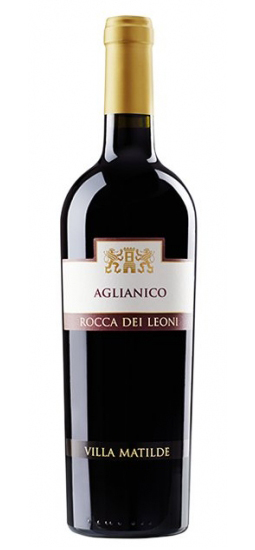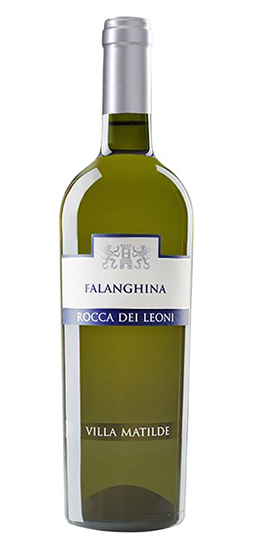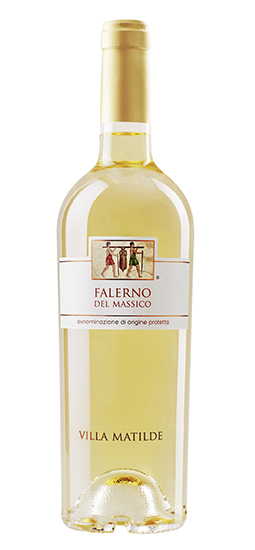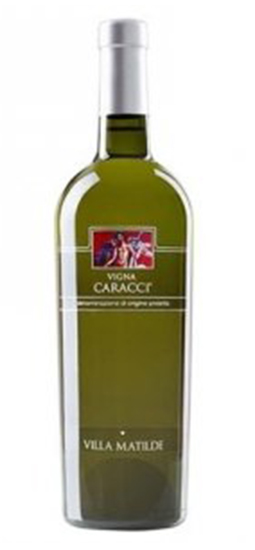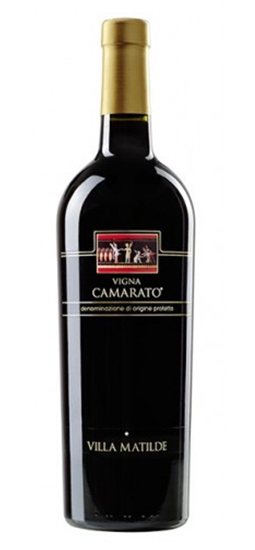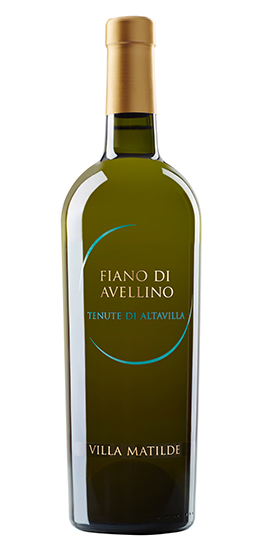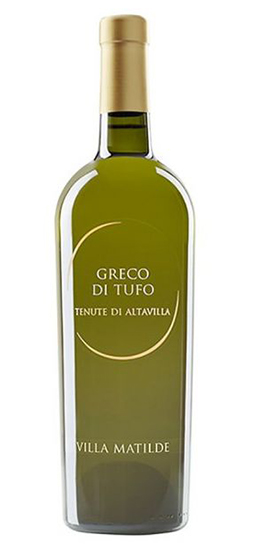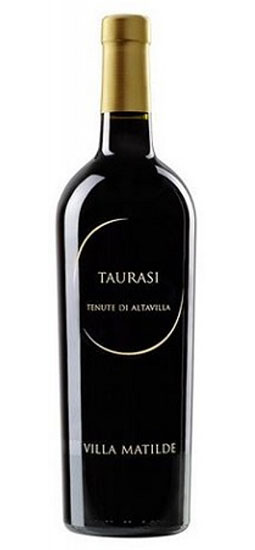Falerno del Massico Rosso DOP
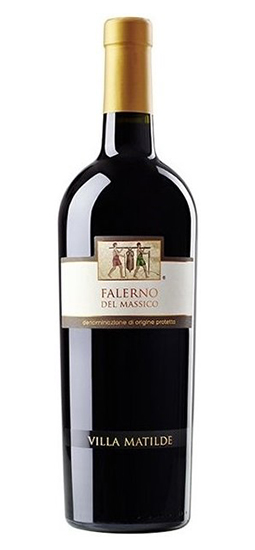
This wine carries great responsibility. In the Georgics, Virgil wrote: Nec cellis ideo contende Falernis, which loosely translates to: Not even this can compete with Falerno.
Villa Matilde, greatly impassioned by the history of wine in this area, strives for that historic excellence written about by the greatest scholars. This version features native Aglianico and Piedirosso from the slopes of the Roccamonfina volcano, grown at an altitude of 140 meters (460 feet) above sea level in volcanic soil, rich in phosphorus, potassium and microelements. The first plantings go as far back as 1963 with the last plantings around 2000. The grapes macerate on their skins during fermentation and then 50% ages in Allier oak barrique (one-third new), and the remaining 50% in traditional Slavonian oak barrels for ten to twelve months, A lovely and vast aromatic profile, and excellent balance, roundness, finesse, length and structure.
Wine exported to
Australia, Canada
Most recent awards
- 2016 | Vini Buoni d'ItaliaCorona
Grape Varieties:
80% Aglianico, 20% Piedirosso
Fermentation container:
Stainless steel
Length of alcoholic fermentation:
20-25 days
Type of yeast:
Selected
Fermentation temperature:
25-26 °C (77-78.8 °F)
Maceration technique:
After de-stemming and pressing, the must ferments on the skins
Length of maceration:
20-25 days
Malolactic fermentation:
Yes
Aging containers:
50% barrique and 50% oak barrels
Container size:
225L, 10-35 hL
Container age:
One-third of barrique are new
Type of oak:
Allier and Slavonian
Aging before bottling:
10-12 months
Aging in bottle:
10-12 months
Closure:
Natural cork
Organic:
No
Vineyard location:
From vineyards on the slopes of the Roccamonfina volcano, Campania
Soil composition:
Volcanic soil with excellent levels of phosphorus, potassium and microelements
Vine training:
Guyot
Altitude:
140 meters (460 feet) above sea level
Vine density:
5,000-7,000 vines per hectare
Yield:
About 6,000 litres per hectare
Exposure:
Various
Years planted:
1963-2000
Age of vines:
15-52 years old
Time of harvest:
Aglianico: late October Piedirosso: Mid- October
First vintage of this wine:
1975
Total yearly production (in bottles):
100,000
Tasting notes:
Deep ruby red in color. The nose is rich, intense, fruity and complex, reminiscent of black cherries, raspberries, blueberries, plums, violets, vanilla, spices, nutmeg and chocolate. Excellent balance, roundness, finesse, length and structure on the palate.
Serving temperature:
Best served at 16-18 °C (60.8-64.4 °F).
Food pairings:
Lasagna, spaghetti Bolognese or beef dishes
Aging potential:
10-12 years
Alcohol:
Alcohol cont. 13,5% by volume; dry extract: 35,8 g/L; total acidity: 5.4 g/L; residual sugar: 4,1 g/L; pH: 3.57
Winemaker:
Riccardo Cotarella
